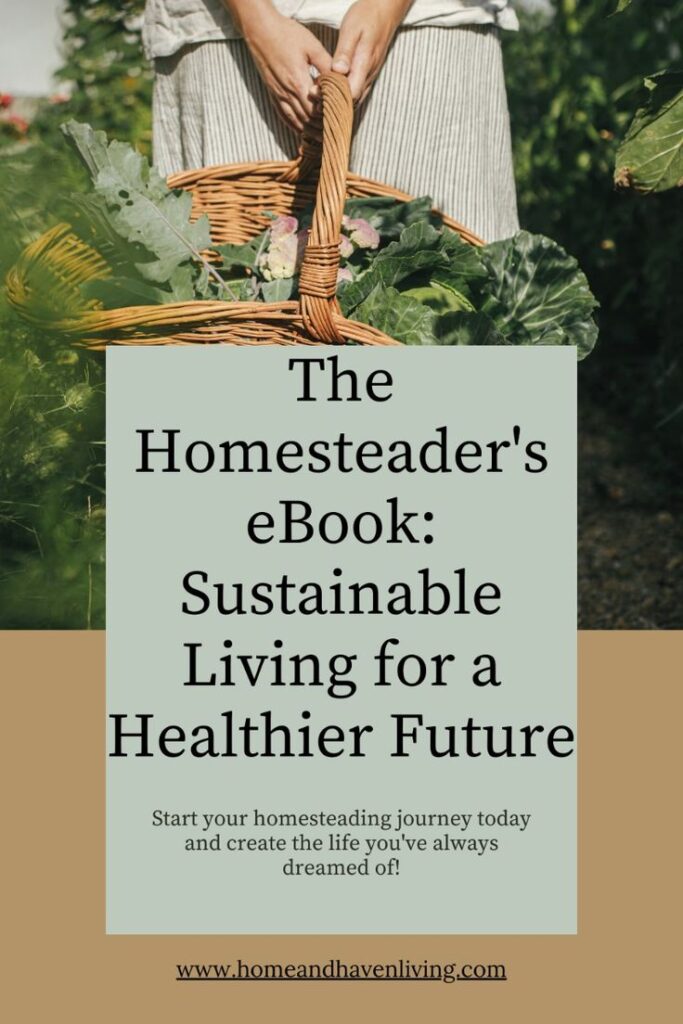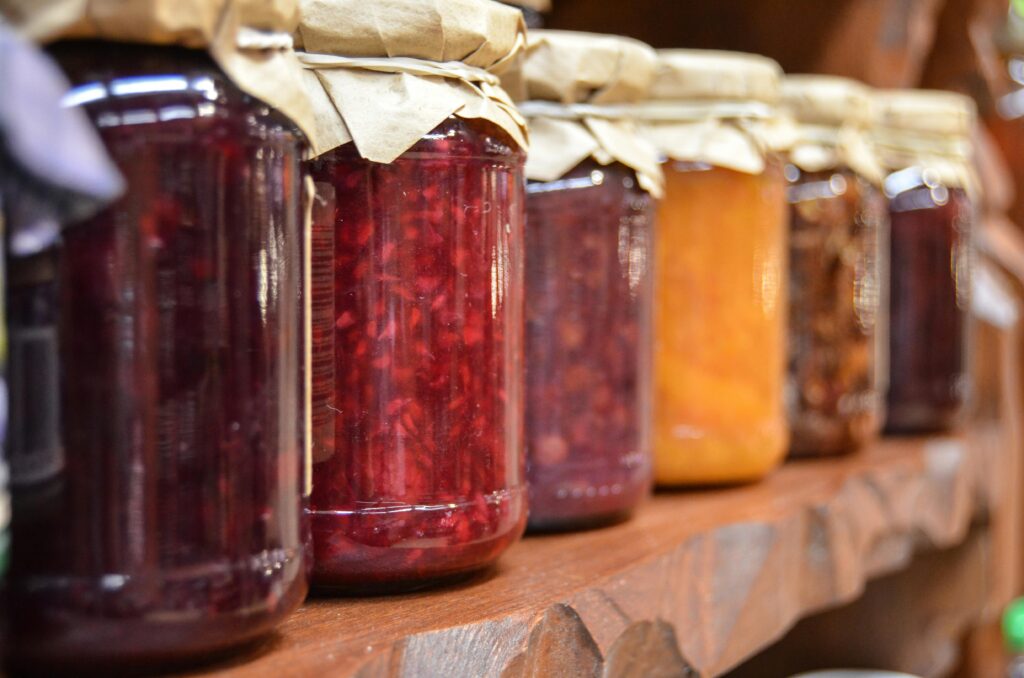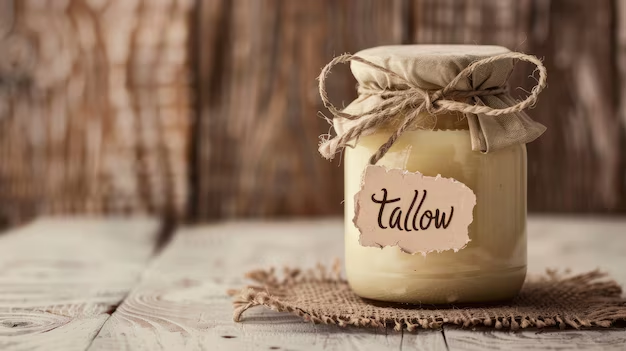DIY Herbal First Aid Kit: Must-Have Remedies for Every Home

“Healing is a matter of time, but it is sometimes also a matter of opportunity.” – Hippocrates
In today’s world, where reliance on synthetic medications is the norm, embracing nature’s healing power can offer a refreshing and effective alternative. A DIY herbal first aid kit is an essential addition to any home, especially for those who value sustainable and holistic living. Whether it’s soothing a minor burn, easing an upset stomach, or calming a headache, natural remedies have been used for centuries to promote healing and overall wellness. This kit isn’t just a collection of herbs; it’s a practical tool for caring for your family’s health in a gentle, chemical-free way.
Creating your own herbal first aid kit allows you to customize it according to your family’s needs, ensuring you’re prepared for common ailments without reaching for conventional drugs. From the antibacterial properties of tea tree oil to the soothing effects of calendula salve, this guide will walk you through the must-have remedies and their uses. With these powerful plant-based solutions at your fingertips, you’ll gain confidence in managing minor health issues naturally, sustainably, and effectively.
Why Make Your Own Herbal First Aid Kit?
1. Natural and Non-Toxic
Herbal remedies are gentle on the body, free from harsh chemicals and synthetic additives.
2. Sustainable and Eco-Friendly
DIY solutions reduce reliance on plastic-packaged products and promote environmental responsibility.
3. Cost-Effective
Investing in a few key ingredients allows you to create multiple remedies at a fraction of the cost of store-bought products.
4. Empowering and Customizable
Tailor your kit to suit your family’s specific needs by choosing herbs and oils that align with your lifestyle.

Essentials for a DIY Herbal First Aid Kit
| Herb/Oil | Primary Use |
|---|---|
| Lavender Oil | Soothes burns, relieves stress |
| Tea Tree Oil | Antiseptic, treats cuts and wounds |
| Arnica | Reduces bruising and inflammation |
| Calendula | Speeds up healing, soothes skin irritations |
| Chamomile | Anti-inflammatory, calms rashes |
| Peppermint Oil | Relieves headaches, soothes nausea |
| Plantain | Draws out toxins, heals bites and stings |
| Echinacea | Boosts immunity, fights infections |
| Witch Hazel | Reduces swelling, cleans minor wounds |
| Comfrey | Promotes healing of sprains and fractures |
Step-by-Step Guide to Building Your Herbal First Aid Kit
Step 1: Gather Your Supplies
You’ll need the following:
- Dried herbs
- Essential oils
- Carrier oils (e.g., coconut, olive, or almond oil)
- Beeswax
- Small jars, tins, and bottles for storage
Step 2: Create Your Remedies
1. Herbal Healing Salve

Perfect for cuts, scrapes, and minor burns.
Ingredients:
Instructions:
- Infuse olive oil with calendula and plantain by heating it gently for 2-3 hours.
- Strain the herbs and mix the infused oil with melted beeswax.
- Pour into tins and let solidify.
2. Lavender Burn Spray

Soothes and promotes healing of minor burns.
Ingredients:
- 1/2 cup distilled water
- 10 drops lavender essential oil
- 1 tablespoon aloe vera gel
Instructions:
- Mix ingredients in a spray bottle.
- Shake before use and spray directly onto burns.
3. Arnica Muscle Rub

Relieves soreness and reduces bruising.
Ingredients:
- 1/2 cup coconut oil
- 2 tablespoons arnica flowers
- 10 drops peppermint essential oil
Instructions:
- Infuse the coconut oil with arnica flowers for 2 hours.
- Strain and mix with peppermint essential oil.
- Store in a jar and apply to sore muscles.
4. Chamomile and Honey Wound Wash

Cleanses wounds and prevents infection.
Ingredients:
- 1 cup boiled water
- 1 tablespoon dried chamomile
- 1 teaspoon raw honey
Instructions:
- Steep chamomile in boiled water for 15 minutes.
- Strain and dissolve honey in the liquid.
- Use to gently clean wounds.
5. Echinacea Tincture

Boosts the immune system to fight off colds and infections.
Ingredients:
- 1 cup dried echinacea root
- 2 cups vodka or apple cider vinegar (interested in making your own ACV? Watch the video below)
Instructions:
- Place echinacea root in a jar and cover with vodka or vinegar.
- Seal and store in a dark place for 4-6 weeks, shaking occasionally.
- Strain and store in a dropper bottle.
Herbal First Aid Kit Checklist
“Nature is the best physician.” – Galen
| Remedy | Uses |
|---|---|
| Healing Salve | Cuts, scrapes, burns |
| Lavender Burn Spray | Soothes burns |
| Arnica Muscle Rub | Bruises, muscle soreness |
| Chamomile Wound Wash | Cleans wounds, soothes irritation |
| Echinacea Tincture | Boosts immunity |
| Peppermint Oil Roll-On | Headaches, nausea |
| Plantain Poultice | Bites, stings, splinters |
Key Tips for Using Herbal Remedies
- Patch Test First: Always test new remedies on a small area of skin to check for allergies.
- Store Properly: Keep remedies in a cool, dark place to extend their shelf life.
- Label Everything: Clearly label each jar and bottle with the name and date.
- Know When to Seek Medical Help: Herbal remedies are for minor ailments—always consult a doctor for serious injuries or infections.
Benefits of a Herbal First Aid Kit
- All-Natural: Free from synthetic chemicals and artificial additives.
- Empowering: Provides a hands-on approach to health and wellness.
- Sustainable: Reduces reliance on mass-produced products.
- Cost-Effective: Saves money over time by using simple, affordable ingredients.
Why Homemade Herbal Remedies are Better
Store-bought first aid products often contain synthetic preservatives and chemicals. Herbal remedies provide a safer, more natural option, harnessing the power of plants to heal and nourish the body.
Conclusion
A DIY herbal first aid kit is an invaluable addition to any home, offering gentle, effective solutions for everyday health needs. By creating your own remedies, you’ll gain confidence in your ability to care for yourself and your loved ones while staying connected to nature’s healing power.
Building a DIY herbal first aid kit is a transformative step toward self-sufficient, natural living. It empowers you to care for your family using age-old remedies that are not only effective but also gentle on the body and the environment. By harnessing the therapeutic power of herbs, essential oils, and natural balms, you create a toolkit that promotes wellness and provides peace of mind.
Remember, transitioning to natural remedies doesn’t mean you must abandon modern medicine entirely. It’s about finding balance and turning to nature for minor health concerns while seeking professional help when necessary. As you use your herbal first aid kit, you’ll discover the incredible potential of these remedies to support your health journey. So, why not take the first step today? Start small, learn as you go, and soon you’ll have a kit that reflects your family’s unique needs. With each herbal preparation, you’re not just treating ailments—you’re connecting with nature and fostering a lifestyle rooted in wellness and sustainability.
So gather your herbs, embrace the process, and start building your own herbal first aid kit today!
References
- Gladstar, Rosemary. Herbal Recipes for Vibrant Health. Storey Publishing, 2008.
- Green, James A. “The Healing Power of Herbs.” Journal of Holistic Medicine, vol. 10, no. 3, 2021.
- Brown, Linda. “Essential Oils and Their First Aid Applications.” Natural Health Weekly, 2019.
Ready to start your herbal journey? Share your experiences and favorite remedies in the comments! 🌿
As an Amazon Affiliate, we earn from qualifying purchases, but at no extra cost to you.



